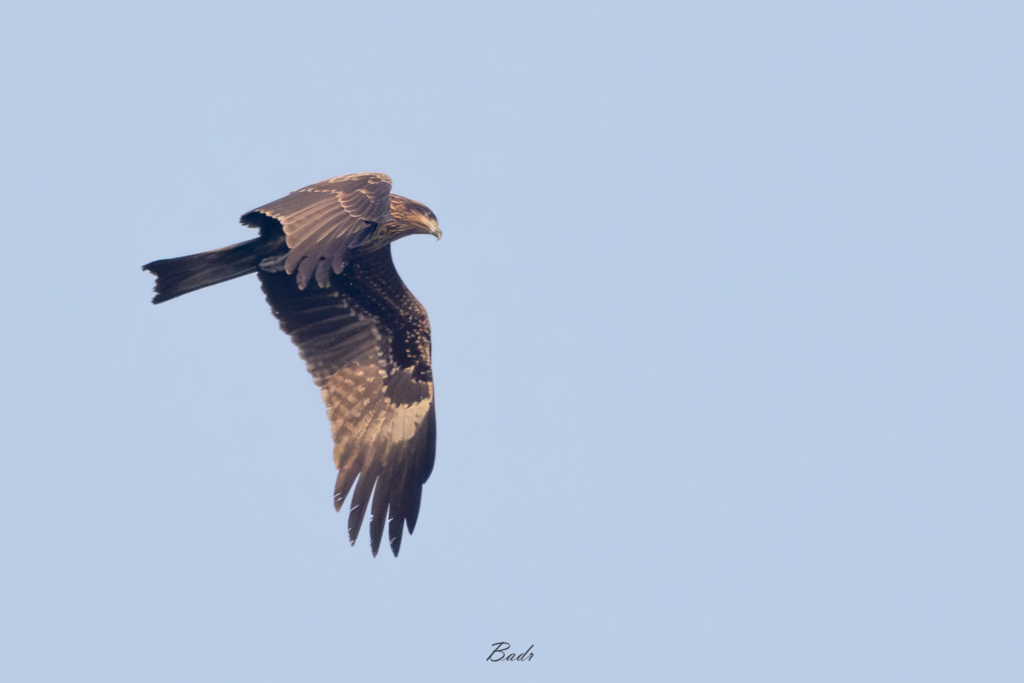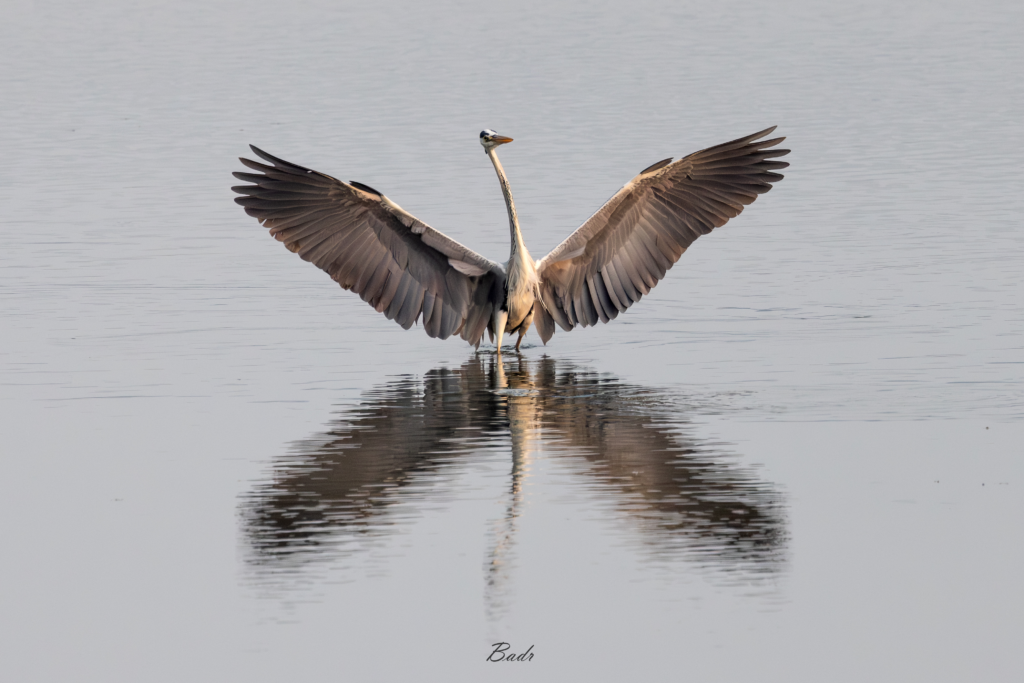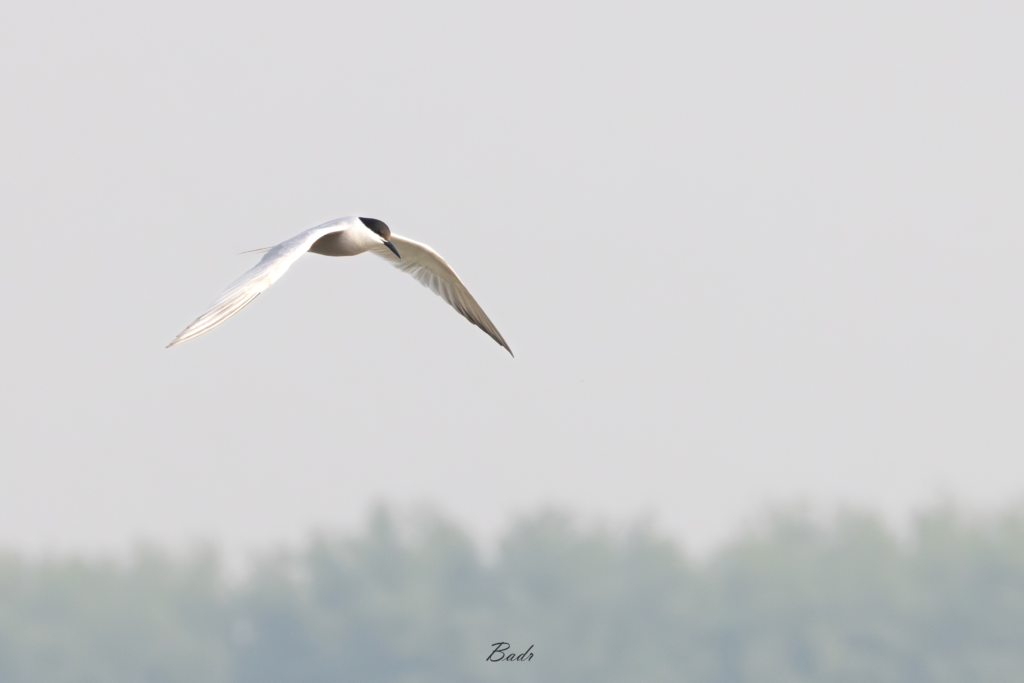Nature, Birding, & Diplomacy

A Beijing birding legend teaches local expats about migration & nature preservation.
When people hear about nature’s amazing stories, it is hard not to be inspired and fall in love.
Terry Townshend
The Royal Asiatic Society of Beijing hosted a birding event in April with Terry Townshend, and it led to a lot more than just a few beautiful sightings. While at the ShaHe Reservoir, where the event took place, lucky attendees saw the Black-Winged Stilt1, heard the music of the Chinese Blackbird, and witnessed the amusing and beautiful courtship dance of two Great Crested Grebes. What we2 didn’t expect was to also garner an incredible amount of information on local movements to catalogue, preserve and celebrate the stunning natural world nearby.

Many thanks to Badreldin Mostafa (Badr) for the photos of these unique creatures.
Terry Townshend first noticed birds in his backyard at four. When his parents didn’t know their names, they bought him a book, and a lifelong passion was born. A few decades later, he’s become a noted conservationist and birder, as seen through his depth of knowledge as well as the many projects he helps to lead. That said, he is remarkably patient with curious individuals new to the scene and gamely agreed to shed some light on our recent journey.

Terry Townshend at the start of the morning.
Beijing itself sits at the heart of a “bird superhighway” called the East Asian-Australasian Flyway. The city has recorded more than 500 species of bird, more than most major capital cities like London, Washington D.C., Paris, and Tokyo. Terry chose ShaHe Reservoir as the place for this particular morning’s viewing because April and May are one of the two peak times for mass bird migration in the region. Additionally, it’s a “magnet for migratory birds” since there aren’t many large bodies of water nearby, and ShaHe boasts the highest number of recorded species sighted in all of Beijing. We certainly witnessed that on our trip, which also included sightings of the Beijing Swift and the (not-so-) Common Tern during the relaxed walk around the reservoir.
That day, we first saw the Black-Winged Stilt, whose awkward, yet useful long red legs let it reach insects more easily in the water.

Next up was the Beijing Swift, which is particularly fascinating. In Terry’s words, “From when it leaves Beijing in late July until arriving back the following April, this bird–that can fit into the palm of your hand–flies all the way to southern Africa, crossing around 20 borders and covering a return distance of more than 30,000km.” Most shockingly, initial research suggests that the Beijing Swift does not land at all during that time–that is nine months in the air! It eats, drinks and even sleeps in the air” (emphasis added). Intrigued? You can read more about the origins of the project by going here.

As we approached the second observation spot, Terry stopped and looked around, hearing something the rest of us missed. He was then able to spot the Chinese Blackbird jumping around in the trees above, and shared that from March to June, its “rich, flutey and variable song can be heard,” and that given its relatively sedate coloring, that’s the most important thing about it–useful, since it blended in well among the branches above us.
It was at this second stop that Terry shared about the Ambassadors for Nature. Originally driven by former New Zealand ambassador Clare Fearnley, a particularly avid fan of the Bar-tailed Godwit, the initiative now includes over 30 ambassadors in Beijing, including New Zealand’s current Ambassador Grahame Morton. As Terry shares, its focus is a “pledge to nature” in which ambassadors have “committed to managing their green spaces in a way that is more friendly for biodiversity.” Specifically, it “sets the goal of aligning the management of their grounds with the new Global Biodiversity Framework, agreed by more than 190 countries under China’s presidency of the UN Convention on Biological Diversity,” an ambitious aim.

Stop Two at ShaHe
It has the full support of the local government as well as Peking University, and even some Beijing schools now participate; students at some campuses are encouraging their administration to adopt similar measures. Ambassadors in South Korea are even considering their own version of the program, in which practical steps are taken to ensure that embassies’ grounds respect and promote local flora and fauna in practical ways that are clearly lain out for participants. To support this (literally and figuratively) growing endeavor, meetings examining Beijing’s biodiversity and related topics are held for participants. Next up, on May 29, U.S. Ambassador Nicholas Burns will host a Peking University scholar to speak to the ambassadors about Beijing’s local leopard cats.
You can see a remarkably thorough timeline of the program’s efforts on Terry’s site, Wild Beijing, here.
That so many ambassadors imbued with the significant weight of international relations take the time to engage so distinctly with the local environment, and to in fact honor the places where they are (however temporarily) living, shines a bright light in a complicated era. It provides an example as to how relationships can build beautiful, worthwhile, physical realities in the space one is given, regardless of external pressures.

Stop Three at SheHe Reservoir
On that note, the next stop of the RASBJ trip that day directly celebrated relationships of a different kind–romantic ones for the birds! One of Terry’s fellow birders began to describe the amusing way that the male Great Crested Grebe courts the other when the group suddenly had a chance to see it for themselves.
The male and female came together and away before the male Grebe tried to give a gift to the female, who rejected it not once, but twice. Still, it was an unexpected delight to hear and see the beginning of their little tryst.

Here, Terry shared more about the aforementioned Swift. He said that as technology improves, so does their ability to track how and why they fly without stopping. The next round of research will occur in June, as carefully-crafted accelerometers will be fitted on the birds to record their movements. This technology will prove once and for all whether the Beijing Swift does not land at all from when it leaves Beijing in July until its return the following April!
Lastly, we wandered to the final spot, where Terry shared about ShanShui, which received a donation from the RASBJ on behalf of the day’s outing. The ShanShui Conservation Center, founded in 2007, shares a “similar DNA” to our guide. In his words, they are “both committed to celebrating wildlife as a way to inspire more people to fall in love with nature,” and Townsend described nature conservation–a subject that can at times seem abstract or so huge as to be impossible to grasp–as the simple knowledge that “everyone wants to protect what they love.” The website reveals a little more of the organization’s background, while Terry’s insights provide more color. Their partnership reaches back to 2017-18, to a project we learned more about later. Currently, they’re “running urban biodiversity projects in Beijing and other cities.” As for its staff, Terry remarked that “ShanShui is a brilliant organisation, powered by enthusiastic, young, talented and passionate people.” From the exhaustive range of activities in which they’re engaged, that seems clear.
You can find out more about the organization or donate by going here.

The program that began back in 2017 and 2018 is still the most exciting: the “Valley of the Cats,” an ambitious project that accomplishes what “adventure tourism” so rarely does: introduces participants to a once-in-a-lifetime experience while actually supporting and contributing to the local environment and culture! So what is it?
Valley of the Cats is a “community-based wildlife-watching project involving a community of yak herder families near Yushu, in Qinghai Province.” Members of the community “host visitors in their homes and guide them to look for the area’s special wildlife, including the magnificent snow leopard.” Most remarkably of all, “100% of the revenue stays in the community and, by the end of 2023, around 4 million CNY” has been raised!
The project has won several national awards and was showcased at the first National Parks Forum in Xining in 2019. As for participants’ feedback, “the cultural experience of staying with an authentic Tibetan ethnicity family” was truly remarkable, not to mention that it’s “a ‘once in a lifetime’ experience in addition to “the incredible wildlife on offer.” If you’re interested in going yourself, please check out valleyofthecats.org.cn. If you don’t speak Chinese, tap the EN in the upper-right hand corner of the site.

At the end, a giveaway of the gorgeous bilingual Birds of Beijing ended the experience nicely, but the true takeaway–in addition to the beautiful photography provided by Mostafa, among others–was an unexpectedly in-depth look into the myriad of positive endeavors around us. Shanshui Conservation, the Ambassadors for Nature, the Valley of the Cats and Terry Townshend himself are stirring testaments to the literal beauty and earnest cooperation going on under the surface of a complicated time, and offer notes of hope and courage for the future. If nothing else, these passionate organizations and the individuals behind them ensure that the natural world will thrive as much as possible.

To buy Birds of Beijing, go to jd.com and type in “北京鸟类图谱.”
As for why people new to learning about the natural world should care about such efforts, Terry said it best:
“We are in the midst of a global biodiversity crisis. In my lifetime, the populations of vertebrates have fallen by an average of 69% and the extinction rate is thought to be around 1,000 times the natural rate. At the same time, as more and more people live in cities, the human connection with nature has become strained. Everyone wants to protect what they love, so if we are to slow, stop and reverse the loss of nature, we must enthuse more people about nature and help them to fall in love with it. The good news is that nature is the best source of innovation, beauty, inspiration and everything that is good about life, so we need to discover and tell nature’s incredible stories as far and wide as possible. When people hear about nature’s amazing stories, it is hard not to be inspired and fall in love.”
Many thanks to the Royal Asiatic Society of Beijing for leading the trip the the Reservoir. Membership details are available here, and events are held both online and in person, so people can participate from outside of China!
Finally, deepest appreciation to Terry for agreeing to contribute his insights to the article and his assistance in ensuring its accuracy. His website, Wild Beijing, details a dizzying array of endeavors and can be found here. You can also contact Terry with any questions or comments through his site.
- There seems to be some debate as to whether or not the names of different types of birds should be capitalized. Here, I have deferred to the expert on the matter, and the source of much of the information herein, Terry Townshend, and have thus capitalized their names. ↩︎
- In general, Price of Tea in China seeks to focus on the subjects of articles, and not the writer; however, when reporting on events in which the author participated, the first-person will occasionally be used. ↩︎